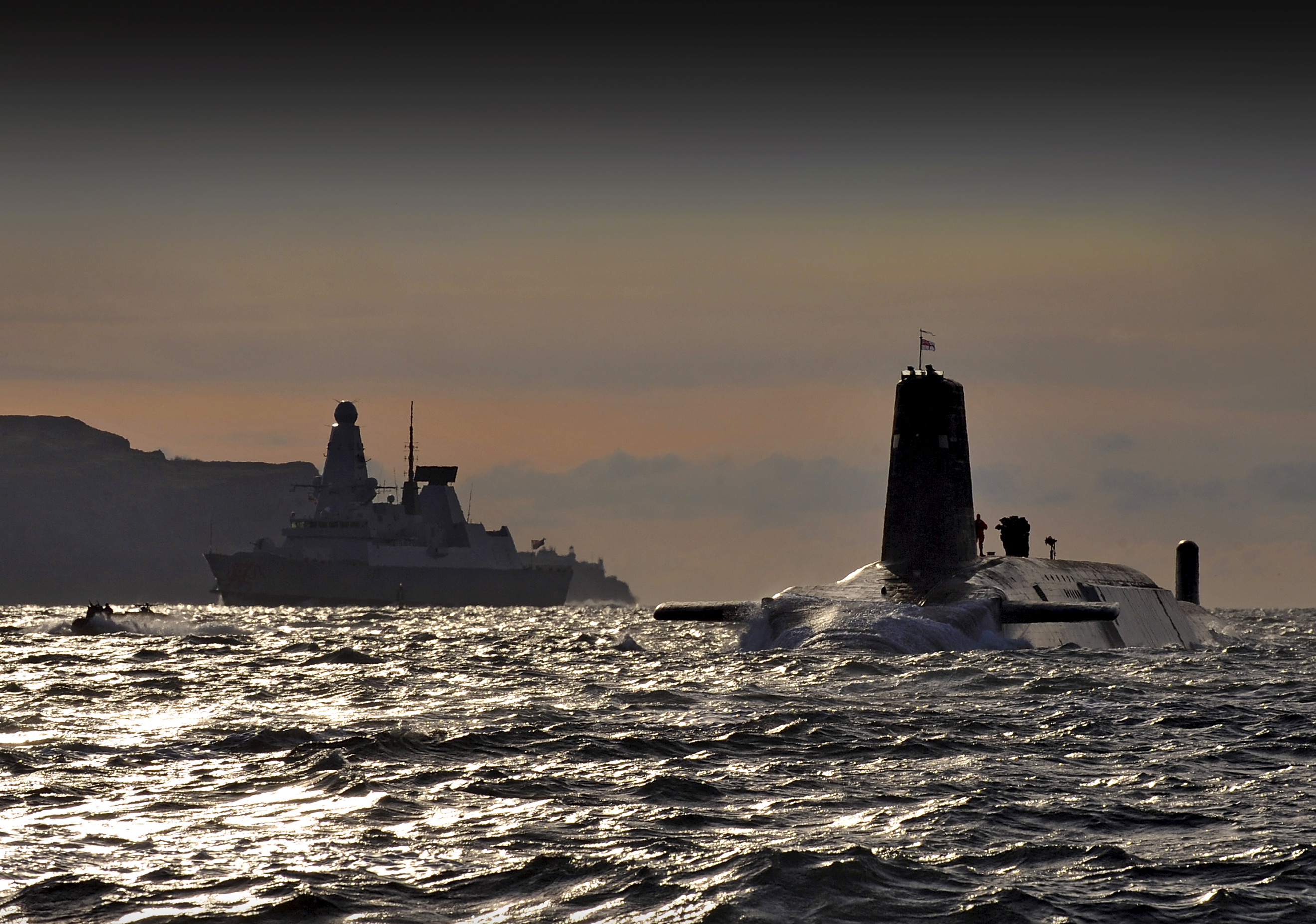
Next Generation U.K. Boomers Benefit from U.S. Relationship
When the inhabitants of Scotland voted three months ago to remain part of the United Kingdom, their decision preserved not…
Copyright 2024 U.S. Naval Institute. All Rights Reserved.